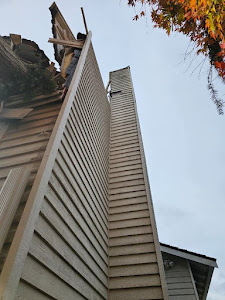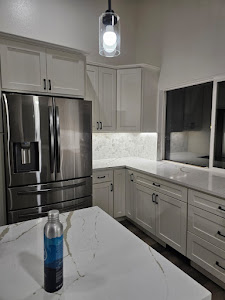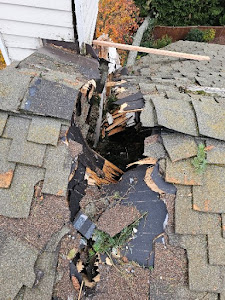Everything You Need to Know About TPO Roofing: A Durable, Energy-Efficient Solution
When it comes to commercial roofing, TPO (Thermoplastic Olefin) roofing has become a popular choice due to its durability, energy efficiency, and cost-effectiveness. Whether you’re constructing a new building or replacing an old roof, TPO offers many benefits that make it an ideal option for flat and low-slope roofs. Here’s everything you need to know about TPO roofing, including its features, advantages, and why it might be the right choice for your property.
Key Features of TPO Roofing
1. Energy Efficiency
One of the standout features of TPO roofing is its energy efficiency. TPO membranes are highly reflective, which means they reflect a significant amount of solar heat away from the building. This reflective property helps reduce the heat absorbed by the roof, keeping the interior of the building cooler during the summer months. As a result, TPO roofs can significantly lower cooling costs, making them a great option for businesses looking to save on energy bills.
- White TPO Membranes: The most common color for TPO roofing is white, which offers maximum solar reflectivity. Other colors, like gray and black, are available but are less reflective.
2. Durability and Longevity
TPO roofs are incredibly durable and resistant to many of the common issues that affect other types of commercial roofing. Some of the features that contribute to its long lifespan include:
- Heat Resistance: TPO membranes are resistant to extreme temperatures, which means they can handle both hot summers and cold winters without deteriorating.
- Tear Resistance: TPO is known for its strength and flexibility, which makes it resistant to tears, punctures, and damage from impacts.
- UV Resistance: The reflective surface of TPO roofing helps protect the membrane from UV degradation, which can extend the lifespan of the roof.
- Chemical Resistance: TPO is resistant to oils, greases, and chemicals, making it a good option for buildings in industries that require protection from these substances.
3. Easy Installation
TPO roofing is relatively easy and fast to install compared to other roofing systems. The large, flexible sheets of TPO are rolled out and then heat-welded together to form a seamless, waterproof layer. This minimizes the risk of leaks and ensures that the roof is fully secure. The installation process is also less labor-intensive, which can result in lower overall installation costs.
4. Low Maintenance
Once installed, TPO roofing requires minimal maintenance. Because of its durability and resistance to the elements, it rarely needs repairs or significant upkeep. Routine inspections are typically enough to ensure the roof stays in good condition, which means fewer costs for property owners over time.
5. Eco-Friendly
TPO roofing is an environmentally friendly option. The material is 100% recyclable, which means that at the end of its lifespan, the roofing membrane can be repurposed, reducing waste in landfills. Additionally, the energy efficiency of TPO roofs contributes to reduced carbon emissions by lowering the need for air conditioning in the building.
6. Flexibility and Customization
TPO roofing systems are highly flexible, which allows them to accommodate the specific needs of a building. They come in a variety of thicknesses and widths, and the membrane can be customized to fit a wide range of roof sizes and designs. TPO can be installed over existing roofing materials, which reduces the need for a full roof tear-off and can save time and money.
7. Cost-Effectiveness
TPO roofing is one of the more affordable options for commercial flat roofs. Not only is the material itself cost-effective, but the installation process is also efficient and requires fewer labor hours compared to other roofing systems. Over time, the durability and energy efficiency of TPO help further reduce maintenance and energy costs, making it a great long-term investment for building owners.













